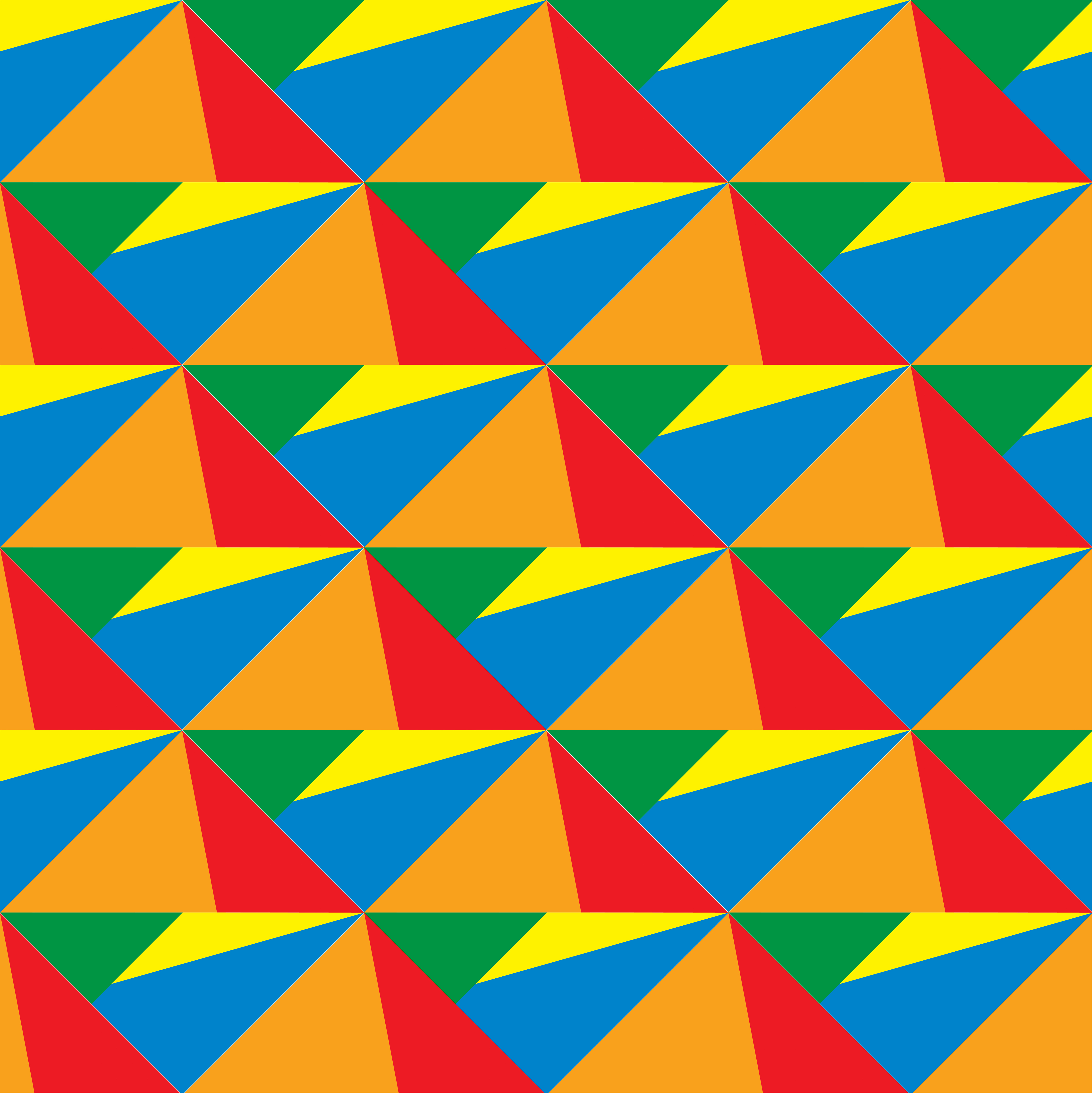

What one client views to be an ideal colour may be different from another client's view, even if they are using colour for the same function. As an artist, you can study colour and use it to create works of art personalised to individual client preferences.

ColourĬolour is one of the most complex elements of art due to the variations and combinations inherent in its use. You can use these in visual art to make it look more lifelike, more multi-dimensional and more textured on the page. Cones, cylinders, and pyramids are all types of forms. With form, you can see the shape has multiple sides and might appear to take up space. When looking at a two-dimensional shape, you only see one side, making it appear flat. A piece of art may appear two- or three-dimensional if you use perspective and shading. Forms have width and height, like shapes, but they also have depth. Formįorm is the three-dimension version of a shape. It also allows you to create emphasis on the important features. This can make it easy to create a drawing, especially if you're painting. You can create a drawing or art by breaking down the shapes into dominant and simple shapes. Most artists use shapes as the foundation of their artworks. You may also make shapes by placing different textures next to each other, such as the shape of an island surrounded by a water body. You can create shapes in different ways, the simplest method being enclosing an area with a boundary or outline. They can also get classified as either positive or negative and classified as organic or geometric. Most shapes are two-dimensional, which means they only have width and length. Like lines, shapes evoke different meanings and moods. Related: 11 art careers for you to explore (with salaries) 2. For example, a jagged line can suggest commotion, whereas a curved line can suggest ease and comfort for a viewer. The variations in the line qualities can evoke certain psychological responses. You can also use this element to add texture or for shading. You can use lines in your artwork to convey emotion or show movement. There are different types of lines, including broken, horizontal, vertical, jagged, continuous or diagonal. In most cases, a line defines the edge of a form and may vary in length, width and direction. It describes a point moving in space where the length is greater than the width. Line is one of the most used art elements, often considered the foundation of most art. Here are the seven elements of art you may apply in various roles, such as graphic design, teaching, architecture and art gallery management: 1.
2 TYPES OF SHAPES IN ART HOW TO
Related: How to become an art therapist: skills, qualifications and FAQs 7 elements of art Helps create a balanced work of art that's more pleasing to the viewersĪllows viewers to see an object as an arrangement of elements rather than only what it represents Helps make artwork more relatable to people who have no artistic backgroundĪllows viewers to see things in a new or unique way Gives artists the independence to create art while still following the principles and rules of design Helps communicate findings and thoughts in a common language For example, you may use contrast to show the viewer which part of the art is most important. You may also use these elements to create an emphasis on a particular part of the artwork. Knowing the art elements helps you create your art because you understand how to use them to evoke emotions or convey a particular message. It can also help you express your opinions about art with others. Learning more about these elements can help you appreciate and analyse other works of art and learn more about history or another culture. The elements of art can be exceptionally useful when you understand how to apply them. Related: How to Write an Artist CV (With Examples) Why are the elements of art important? Creating a work of art using these elements can help your works become more widely recognised and may provide job opportunities. These elements can help you get an in-depth understanding of art, allowing you to appreciate the work put in creating or designing it. Typically, art elements are the foundation of any piece of artwork. Elements of art are the features or components that help an artist communicate their vision. Related: How to become an artist (with career options and salaries) What are art elements?Īnswering the question 'What are art elements?' can help you develop your creative skills. In this article, we explore the answer to 'What are art elements?', discuss the importance of using these elements and look at the seven elements of art. Understanding what art elements are and how to use them can help you create more engaging works of art. To create any form of art, you may use several elements of art. Most artwork starts at the design stage, whether you're creating a sculpture, a painting or a website.


 0 kommentar(er)
0 kommentar(er)
